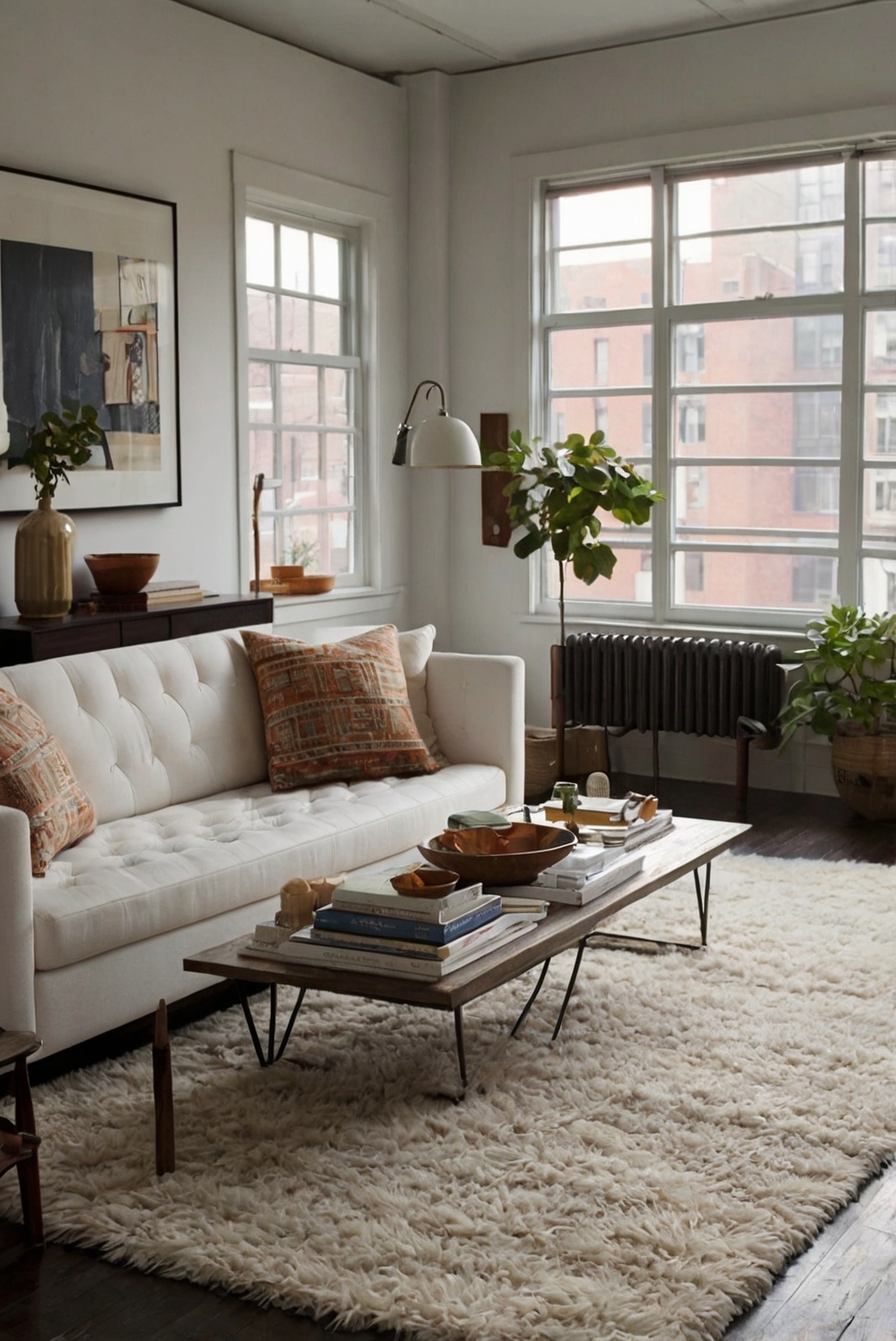Explore key factors in budgeting for a rug to elevate your interior design routine. Dive into tips and considerations for selecting the perfect rug without breaking the bank.
What factors should you consider when budgeting for a rug?
When budgeting for a rug for your home decor, it is essential to consider factors such as the size of the rug you need, the material it is made from, and the quality of the rug. Additionally, consider the design and style of the rug to ensure it complements your overall interior design scheme. Think about the traffic level in the area where the rug will be placed to determine the durability required. Look for sales or discounts to help save money on your purchase. Prioritize quality over price to ensure longevity. Tailor your budget to match your specific needs and preferences.
What factors should you consider when budgeting for a rug?
When budgeting for a rug, it is crucial to consider several important factors to ensure that you make the right choice. Your budget will play a significant role in determining the type, size, material, and quality of the rug you can afford. Here are some key factors to keep in mind when budgeting for a rug:
Quality:
The quality of the rug is an important consideration when budgeting. Higher quality rugs made from premium materials such as wool or silk will typically cost more but offer better durability and aesthetics. Lower quality rugs may be more affordable but may not last as long or look as good in the long run. Consider the traffic in the area where the rug will be placed to determine the level of quality required.
Size:
The size of the rug is another important factor to consider when budgeting. Larger rugs will naturally cost more than smaller ones. Measure the space where the rug will be placed to ensure you select the right size within your budget. An oversized rug can overwhelm a room, while a too-small rug may look out of place.
Material:
The material of the rug plays a significant role in its cost. Natural materials like wool, silk, and cotton are more expensive than synthetic materials. Consider the texture, feel, and maintenance requirements of different materials when budgeting for a rug. Natural fibers are generally more luxurious and durable, but they may require more care and maintenance.
Style:
When budgeting for a rug, consider the style and design that will complement your existing decor. Traditional, modern, bohemian, or geometric patterns can all impact the cost of a rug. Handmade rugs or designer brands will typically cost more than mass-produced or machine-made options. Choose a style that reflects your taste and enhances the overall look of the room within your budget constraints.
Additional Tips:
– Consider the cost of rug padding, which can prolong the life of your rug and provide additional comfort.
– Shop around and compare prices from different retailers to find the best deal within your budget.
– Look for sales, discounts, or clearance items to save money on a high-quality rug.
– Consider the long-term investment value of a rug when budgeting, as a well-made rug can last for many years.
In conclusion, when budgeting for a rug, it is essential to consider factors such as quality, size, material, and style to make an informed decision that fits within your budget. By prioritizing these considerations and exploring different options, you can find a rug that enhances your space while staying within your financial constraints. Remember to research, measure, and compare to make the best choice for your home.

